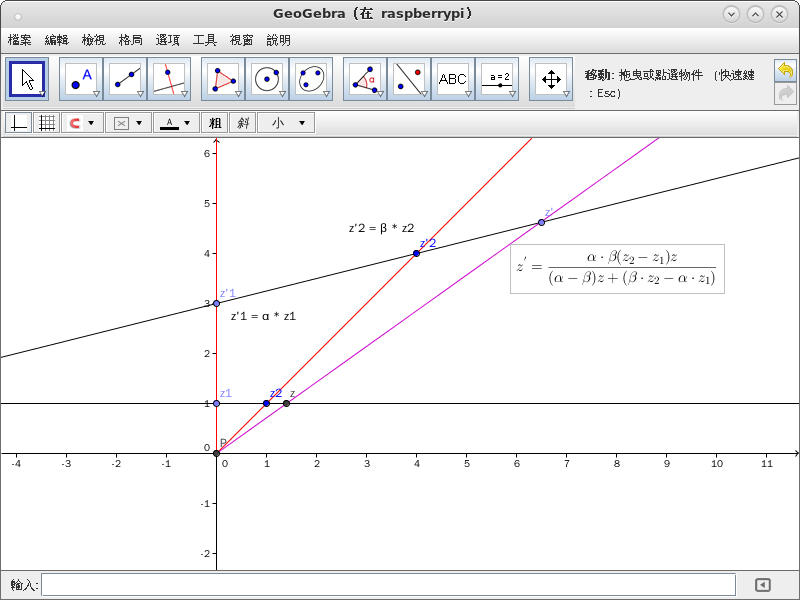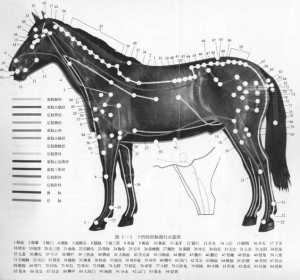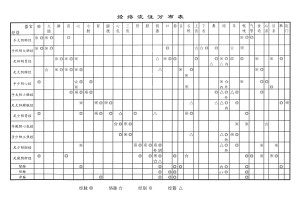只聽 Mrphs 講︰ W!o+ 小時候很靦腆不喜交際。常獨自一人到郊外漫遊,因而結識了小伶鼬,自此成了莫逆。那時『自生成』機器的科學理論已經完備,礙於彼處技術之臨界極限尚且不能實用。不過當時 M♪o 之『 TinyIoT 踢呦ㄊㄜˋ』早就不祇是
Re: TinyIoT 踢呦ㄊㄜˋ From: M♪o@Tux.Anywhere
ㄊㄊㄊㄜˋ↓→ ♀♂
☿☹☺
───
文本中所指的︰深海經絡仿生探測儀了。應用『踢呦ㄊㄜˋ』技術製造之『聰明物件』種類極多,其中『玩具』更是小朋友的最愛。雖然概念上有點像先生貴處的
樂高
樂高(丹麥語:LEGO)是一家丹麥的玩具公司,亦指該公司出品的積木玩具,由五彩的塑膠積木、齒輪、迷你小人和各種不同其他零件,組成各種模型物件。
該公司與多個娛樂公司有合作,如迪士尼、時代華納。例如在哈利波特和星球大戰等電影在美國上映前後,樂高就會推出相應主題玩具。
歷史
1932年,丹麥木匠奧爾·科克·克里斯蒂安森(Ole Kirk Christiansen)開始製作木製玩具,公司名Lego由他取,來自丹麥語「leg godt」,指「play well(玩得好、好好的玩吧)」。很巧合的 ,「Lego」在拉丁語的意思是「I put together(放在一起、拼起來 )」。[1][2][3]
1947年奧爾·科克·克里斯蒂安森和兒子得到一些英國公司Kiddicraft製作的膠製積木,這些積木是由兒童心理學家Hilary Harry Fisher Page設計和擁有專利的。1949年,他們開始生產類似的玩具,獨特之處就是它們能緊密的扣在一起。
樂高積木按照單位元件由大到小可分為四個系列:baby,quatro,duplo和標準lego,後者的大小是前者的一半(能夠互相砌疊),分別對應於1-18個月,2-3歲,2-6歲和4歲以上的四個年齡段的兒童。
樂高積木設計精美且富變化性,色彩多變。和其他積木玩具不同的是擁有廣大的成年玩家,大多為自兒童時期就受到樂高積木的吸引 ,樂高積木在全球125個國家擁有市場,推估有3億孩童曾經是他們的顧客。
在許多產業都移往中國生產以降低成本的今日,樂高公司的大部分產品依然維持在丹麥生產製造,以確保良好品質。但也有部分特殊產品,如含馬達的Technic系列已經移往中國製造了。
飛至木星
美國國家航空暨太空總署「朱諾號」的探測器將前往木星,這架探測器上載著3隻4公分高的樂高公仔,分別是被稱為「現代科學之父 」的伽利略(Galileo Galilei)、羅馬神話中的朱庇特(Jupiter),以及他的太太朱諾(Juno)。
───
。然而『聰明物件』是由彼此可辨識井通之『智慧組件』所構成,所以能夠不藉學習『無誤組合』,所謂『寫作程式』就像『點菜』一般指定『功能』,然後就能奇妙變化自動運作。不過 W!o+ 並不喜歡玩這種『聰明物件』,他自許為『創客』,想要深入了解那個『聰明』的由來。
─── 《W!o+ 的《小伶鼬工坊演義》︰ 聰明物件》
假使宇宙有『成』、『住』、『壞』、『空』諸階段,那麼萬物自有『生』、『老』、『病』、『死』等現象。故而 W!o+ 不把聰明物件當目的,未將仿生科技作宗旨,反倒投入生生傳承行列矣。
傳說『平面國』之『 ![]() 』智典有言︰
』智典有言︰
智慧不囿於處境,無受限形式,能應事而用。
或早已知『一維影像』可積成『二維面』也!
Image scanner
In computing, an image scanner—often abbreviated to just scanner, although the term is ambiguous out of context (barcode scanner, CAT scanner etc.)—is a device that optically scans images, printed text, handwriting or an object and converts it to a digital image. Commonly used in offices are variations of the desktop flatbed scanner where the document is placed on a glass window for scanning. Hand-held scanners, where the device is moved by hand, have evolved from text scanning “wands” to 3D scanners used for industrial design, reverse engineering, test and measurement, orthotics, gaming and other applications. Mechanically driven scanners that move the document are typically used for large-format documents, where a flatbed design would be impractical.
Modern scanners typically use a charge-coupled device (CCD) or a contact image sensor (CIS) as the image sensor, whereas drum scanners, developed earlier and still used for the highest possible image quality, use a photomultiplier tube (PMT) as the image sensor. A rotary scanner, used for high-speed document scanning, is a type of drum scanner that uses a CCD array instead of a photomultiplier. Non-contact planetary scanners essentially photograph delicate books and documents. All these scanners produce two-dimensional images of subjects that are usually flat, but sometimes solid; 3D scanners produce information on the three-dimensional structure of solid objects.
Digital cameras can be used for the same purposes as dedicated scanners. When compared to a true scanner, a camera image is subject to a degree of distortion, reflections, shadows, low contrast, and blur due to camera shake (reduced in cameras with image stabilization). Resolution is sufficient for less demanding applications. Digital cameras offer advantages of speed, portability and non-contact digitizing of thick documents without damaging the book spine. As of 2010 scanning technologies were combining 3D scanners with digital cameras to create full-color, photo-realistic 3D models of objects.[1]
In the biomedical research area, detection devices for DNA microarrays are called scanners as well. These scanners are high-resolution systems (up to 1 µm/ pixel), similar to microscopes. The detection is done via CCD or a photomultiplier tube.

The first image scanner developed for use with a computer was a drum scanner. It was built in 1957 at the US National Bureau of Standards by a team led by Russell A. Kirsch. The first image ever scanned on this machine was a 5 cm square photograph of Kirsch’s then-three-month-old son, Walden. The black and white image had a resolution of 176 pixels on a side.[2]
Flatbed
This type of scanner is sometimes called reflective scanner because it works by shining white light onto the object to be scanned and reading the intensity and color of light that is reflected from it, usually a line at a time. They are designed for scanning prints or other flat, opaque materials but some have available transparency adapters, which for a number of reasons, in most cases, are not very well suited to scanning film.[5]
CCD scanner
“A flatbed scanner is usually composed of a glass pane (or platen), under which there is a bright light (often xenon, LED or cold cathode fluorescent) which illuminates the pane, and a moving optical array in CCD scanning. CCD-type scanners typically contain three rows (arrays) of sensors with red, green, and blue filters.”[6]
CIS scanner
Contact image sensor (CIS) scanning consists of a moving set of red, green and blue LEDs strobed for illumination and a connected monochromatic photodiode array under a rod lens array for light collection. “Images to be scanned are placed face down on the glass, an opaque cover is lowered over it to exclude ambient light, and the sensor array and light source move across the pane, reading the entire area. An image is therefore visible to the detector only because of the light it reflects. Transparent images do not work in this way, and require special accessories that illuminate them from the upper side. Many scanners offer this as an option.”[6]

Scanner unit with CIS. A: assembled, B: disassembled; 1: housing, 2: light conductor, 3: lenses, 4: chip with two RGB-LEDs, 5: CIS
曉『兩點』可定『透視』,『三點』將決『觀察者變換』的耶?




